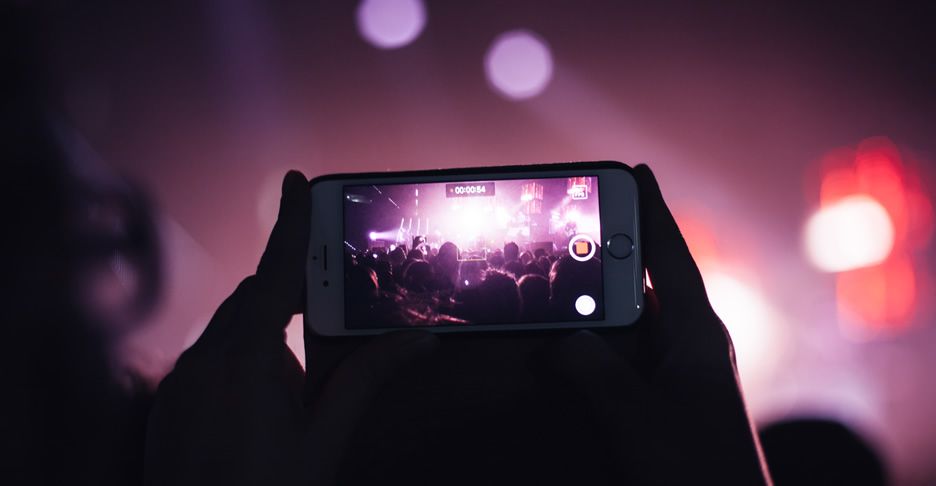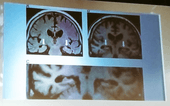Intelligence, technology and digital culture: FutureEverything 2016

We’re always keeping an eye on current and future trends so when we heard the FutureEverything festival was in town we just had to go.
“The FutureEverything festival brings people together to discover, share and experience new ideas for the future” exploring the meeting point between technology, digital culture, society, art and music in the digital era. It has been named by The Guardian as one of the ten best festival ideas in the world and although the expectations were very high, we didn’t leave disappointed at all.
Intelligence in the digital era
The theme of the morning was intelligence in the digital era. How are technology and artificial intelligence changing our brain? With the huge amount of data and information now available, how do we make sense of it? How we can use this information to make better decisions?
The first speaker of the morning was Nelly Ben Haroun (head of experience at WeTransfer, Wired fella, creator of ISO, international space orchestra and designer of experience at SETI), a french ball of energy that built her career around the ultimate goal to transform ideas into projects that engage all kinds of audiences and transform the impossible into the possible.
She has been defined a ‘social sculptor’ and a ‘fusion between Andy Warhol and Albert Einstein’. She transforms ideas into experiences with the ultimate aim to engage people. She designs in terms of scope, scale and method of engagement, exploiting art, design, music and architecture.
During her speech she celebrated the critical design approach as the way for creating innovative products and for turning over preconceptions about the role that products play in everyday life. “Critical Design uses speculative design proposals to challenge narrow assumptions, preconceptions and givens about the role products play in everyday life. It is more of an attitude than anything else, a position rather than a method. There are many people doing this who have never heard of the term critical design and who have their own way of describing what they do. Naming it Critical Design is simply a useful way of making this activity more visible and subject to discussion and debate.” Dunno and Raby
In other words: “Think outside the box”.
How are smart tools changing our brain?
This was another big question debated during the conference.
Let’s think about our memory. It has changed a lot with the advent of technology, smartphones and the internet. How many phone numbers do you remember by heart? Can you even remember your own mobile number? Now, think back to 10 years ago, how many could you recall simply by memory? Could you remember your close friends and family but now you wouldn’t know their numbers? You’re not alone.
Our memory is changing: “Relying on digital storage is changing our memories: increasingly we recall how to find information, and forget the specifics.” claimed Lydia Nicholas, the second speaker of the day, researcher anthropologist at Nesta. So our brains are changing to focus on information retrieval, not on the information itself.
The plasticity of the human brain allows it to change throughout life and the digital environment in which we are living is affecting it all the time.
She claimed that: “We create tools but those tools re-create us as people.”
The longer term impact of smart tools and technology on our lives raises a lot of further questions that are difficult to answer: Who has the responsibility for it? Is the interpretation of big data biased, limited or discriminating? How are new technologies impacting our human rights?
What emerged from all the experiences shared during the conference is that we are humans creating tools for humans and this is an undeniable aspect to consider in the design process of a digital product. “Thinking outside the box” still means to design for an audience and with that audience in mind.
The talks emphasised the importance of knowing “The audience” for whom you are creating a product and the importance of engaging with them during the design process not taking anything for granted at any steps of the creation process.
